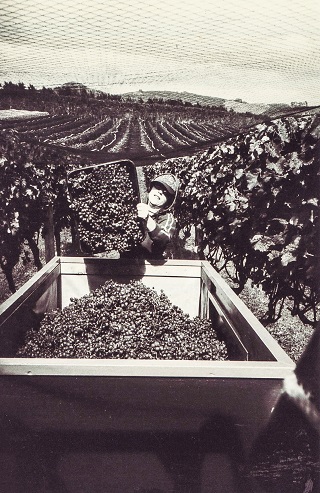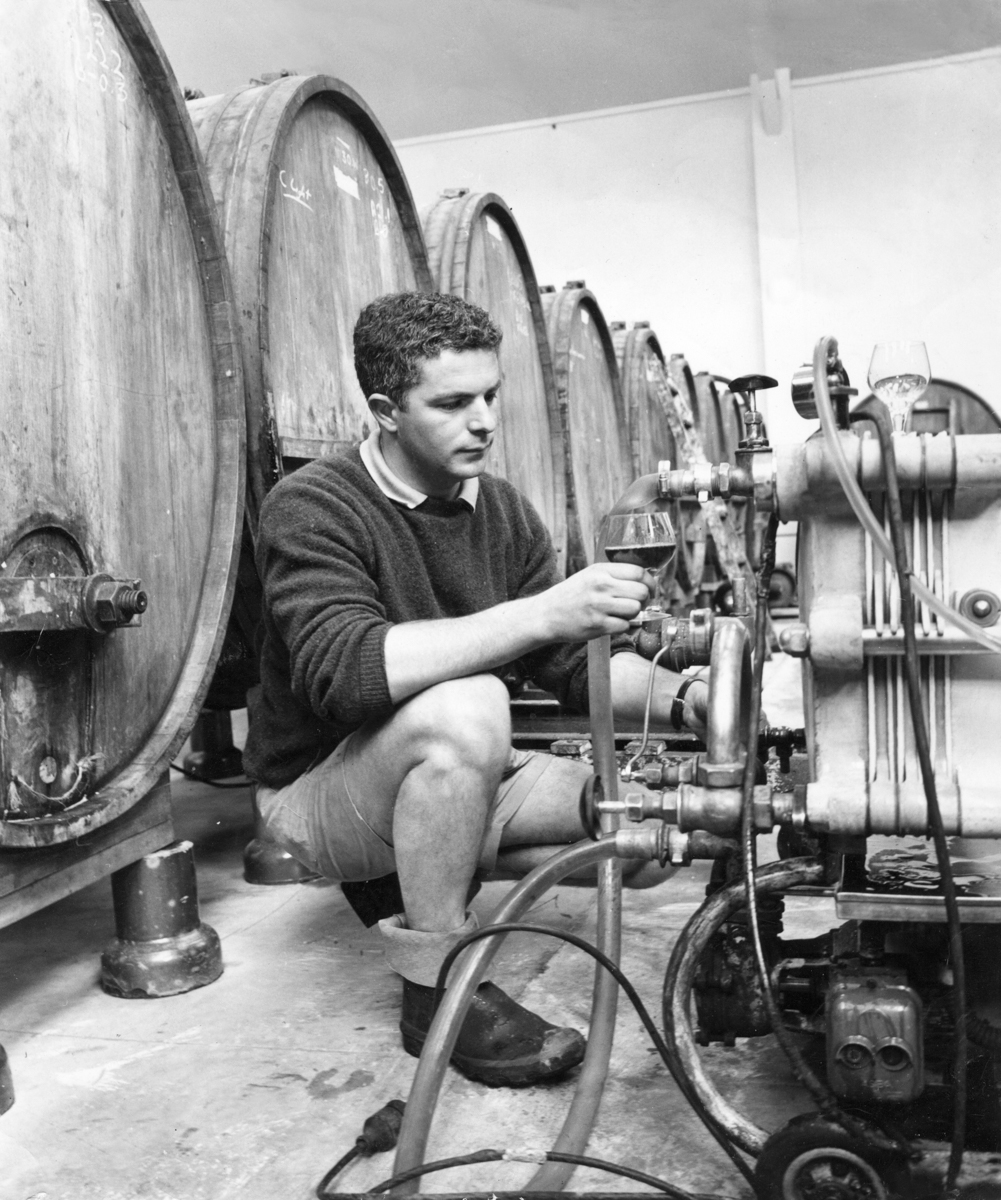
It wasn't until around 1836 that the first grapes were bought into New Zealand by James Busby, New Zealand's British Resident and very keen 'amateur' winemaker. The oldest existing vineyard was established by the Roman Catholic Missionaries in the Hawke's Bay, Mission Estate. While grapes were certainly grown and wine was produced in New Zealand, it was mostly for religious use or family consumption rather than as a principle income
This changed in the 1960's when a group of changes took place;
-
New Zealanders had become a nation of travellers. They had experienced the diverse cultural regions of Europe with the wine and food harmony that is often present and wanted to see the same in New Zealand.
-
Dalmatian immigrants who originally migrated to New Zealand to work in the Northland gum fields had moved to the rural areas that surrounded Auckland. There they set up orchards, vineyards, and wineries to supply the local market.
-
These families had created the fledgling viticulture industry and now started planting Viniferatable wine vines (wine grapes such as Sauvignon Blanc and Chardonnay). They began planting in new areas based on the vine's viticulture requirements rather than the previous regimes of planting close to the markets.
-
New Zealand had a very strong dairy industry so were accustomed to managing large volumes of liquid in sterile conditions along with the use of refrigeration.
-
Young winemakers were travelling and working in European, American and Australian wineries and bringing back the skills they learnt. This created a combination of “Old World” traditional European winemaking and science-based “New World” winemaking that was being developed in the USA and Australia.
-
Liquor Licensing laws in New Zealand were being changed and relaxed, particularly around the consumption of wine with food in restaurants. The development of BYO restaurants had a huge effect.
-
New Zealand's innovative approach to problem solving meant lots of small wineries were created based on a dream to make wine and went on to be successful businesses.




